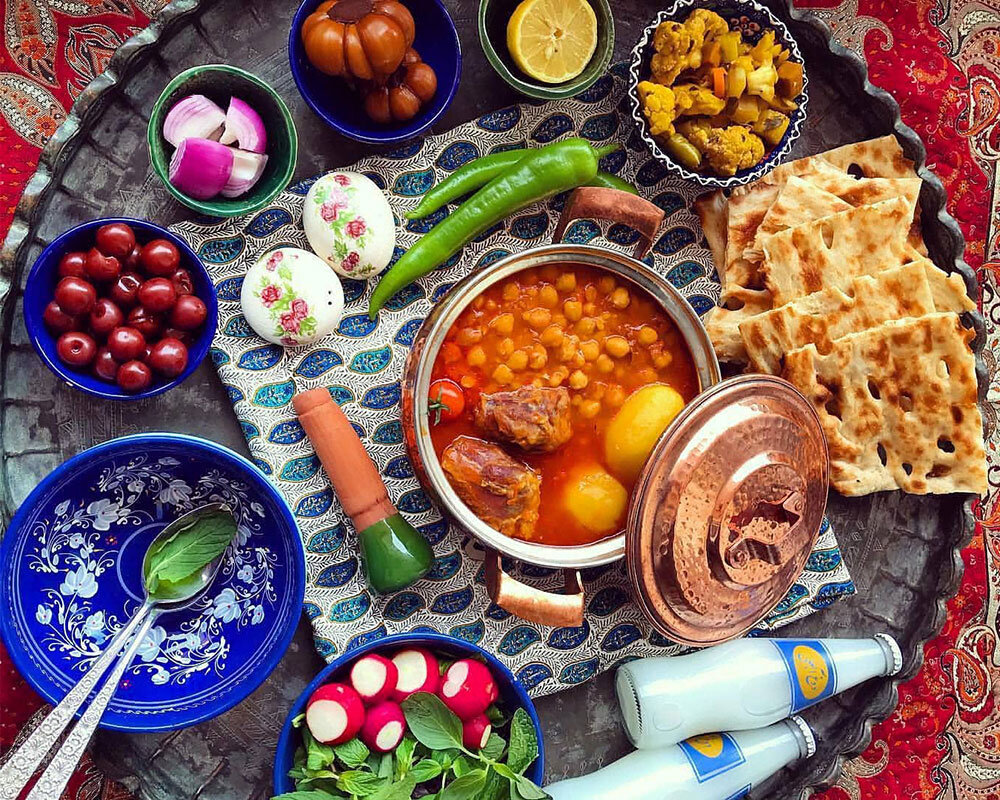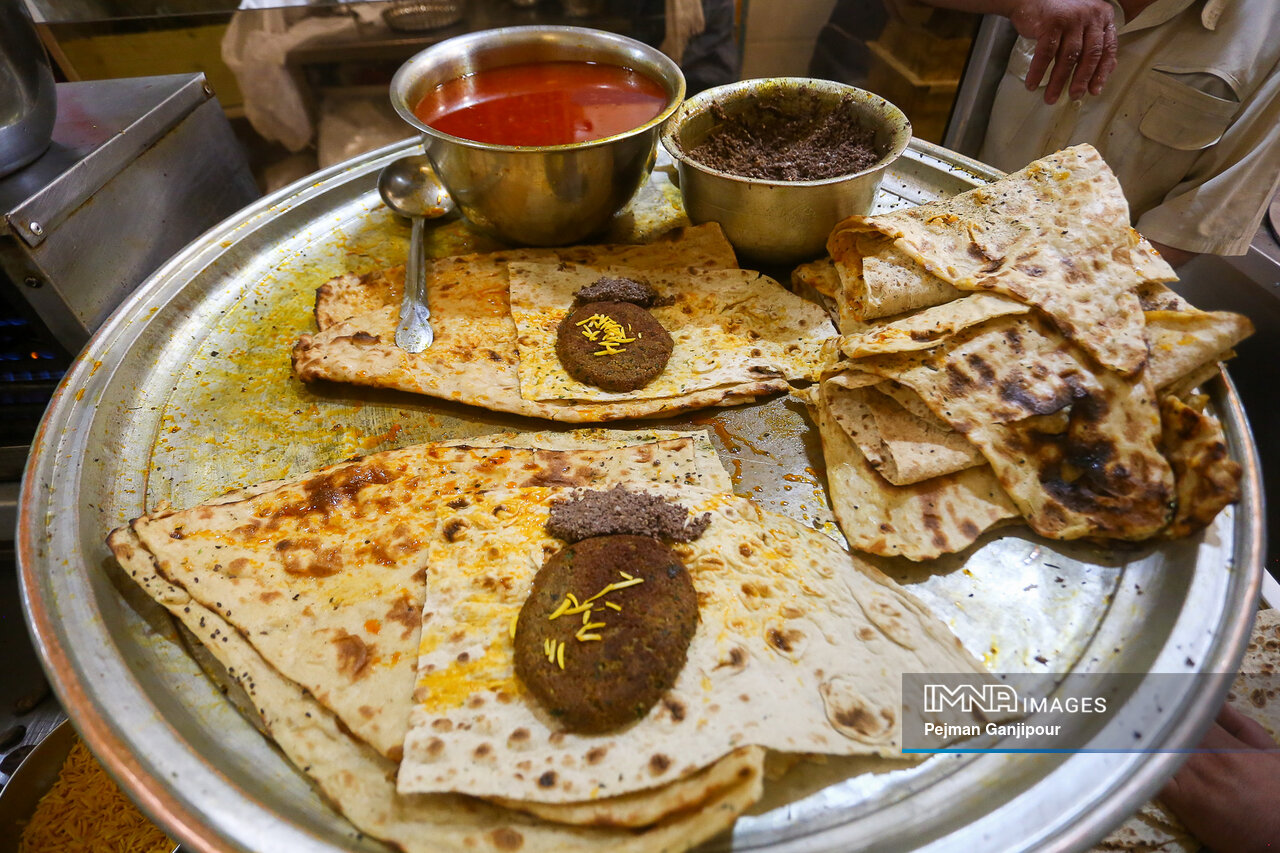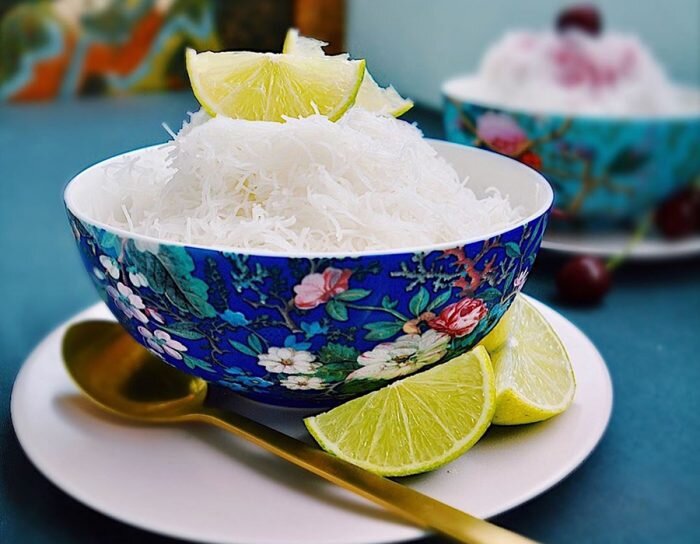Iran (IMNA) - In a celebration of culinary excellence, International Chef Day invites us all to delve deeper into the world of chefs and their pivotal role in the food industry. Whether you aspire to pursue a career in gastronomy, possess culinary expertise yourself, or simply savor the delights of a well-prepared meal (let's face it, who doesn't?), this day allows us to truly appreciate the significance and influence of these culinary maestros.
Originating in 2004, International Chef's Day was conceived by the esteemed chef Dr. Bill Gallagher, who, at the time, held the esteemed position of President within WorldChefs. WorldChefs, an extensive network comprising over 100 chef associations worldwide, is dedicated to promoting education, fostering healthy competition, facilitating networking opportunities, and championing sustainability within the realm of cuisine.
This annual occasion serves as a platform to educate children across the globe about the importance of maintaining a healthy diet. Furthermore, it seeks to highlight the invaluable contributions made by chefs and aims to instigate positive change within local communities. To effectively communicate their mission, WorldChefs and its partners curate diverse themes each, ensuring that their message resonates with a wide audience.
The roots of WorldChefs can be traced back to 1920 when a Swiss cook federation first introduced the concept of an international chef association. Eight years later, in 1928, the illustrious organization was formally established within the prestigious walls of Sorbonne, Paris. Since then, WorldChefs has emerged as a global authority on cuisine, consistently striving to elevate the culinary arts to new heights.
As we reflect upon International Chef Day, it is impossible to overlook the delectable treasures that Iran, a country renowned for its rich culinary heritage, has to offer. Iranian cuisine tantalizes the taste buds with its unique blend of flavors, spices, and textures. From succulent kebabs and fragrant rice dishes to mouthwatering stews and an array of tantalizing desserts, Iranian cuisine is a delightful exploration of the senses.

Iran is also home to several gastronomy cities that proudly showcase the country's culinary prowess. These cities serve as havens for food enthusiasts, offering a diverse range of traditional and contemporary Iranian delicacies. Let's embark on a virtual journey to some of Iran's esteemed gastronomy cities:
Tehran
The bustling capital city of Iran, Tehran, stands as a melting pot of flavors and aromas. Its vibrant food scene reflects the cultural diversity found within the city. From traditional Persian dishes like Dizi (a hearty lamb stew) and Ghormeh Sabzi (an herb-packed meat stew) to international cuisines influenced by various communities residing in Tehran, such as Armenian, Azerbaijani, and Kurdish, this city offers an extraordinary gastronomic experience.
Dizi
Dizi is a traditional Tehrani food that holds a special place in Iranian cuisine. This hearty and flavorful dish is known for its rich history and unique preparation method. Dizi consists of tender chunks of lamb or beef, cooked slowly with an array of aromatic herbs and spices. The ingredients are simmered for hours until the meat becomes incredibly tender and easily falls off the bone. Once cooked, the mixture is strained, separating the flavorful broth from the solid ingredients. The solid part is then mashed into a smooth paste and served alongside the broth. Dizi is typically enjoyed with freshly baked bread and a side of pickles. Its savory taste, combined with the comforting texture, makes Dizi a beloved dish among locals and visitors alike.

Isfahan
Known for its architectural wonders, Isfahan also boasts a rich culinary heritage. The city's bustling bazaars are a haven for food lovers, where they can indulge in tantalizing treats such as Beryani (a savory rice dish), Kebab Koobideh (grilled minced meat skewers), and Gaz (a delectable nougat-like sweet). Isfahan's culinary delights perfectly complement its stunning historical sites, creating an unforgettable experience for both locals and tourists alike.
Biryani Isfahan is indeed a traditional Iranian dish that differs from Indian biryani in terms of ingredients and preparation. It typically consists of shoulder and rack of mutton, mutton lungs, onion, saffron, dried mint leaves, pistachio and almond slices, turmeric, cinnamon, salt, and pepper.
Beryani
The mutton is a key component of Biryani Isfahan. The meat is usually cooked until tender and flavorful. Mutton lungs are also added, which contribute to the unique taste and texture of the dish.
Onions are commonly used to enhance the flavor and aroma of Biryani Isfahan. They are usually sautéed until golden brown, adding a hint of sweetness to the dish. Saffron, known for its vibrant color and distinct flavor, is often added to give the biryani a rich and aromatic taste.
Dried mint leaves are another essential ingredient in Biryani Isfahan. They provide a refreshing and slightly tangy flavor to balance the richness of the meat. Pistachio and almond slices are added for additional texture and a touch of nuttiness.
Turmeric and cinnamon are spices that add warmth and depth to the flavor profile of Biryani Isfahan. They complement the other ingredients and give the dish a delightful aroma. Salt and pepper are used to season the biryani according to taste.
Overall, Biryani Isfahan showcases a unique combination of flavors and ingredients that set it apart from Indian biryani. It is a delicious and satisfying dish that reflects the culinary traditions of Iran.

Shiraz
Nestled in the heart of Iran's Fars Province, Shiraz is not only renowned for its poetry and gardens but also for its delectable cuisine. This city is famous for its aromatic Cabbage rice, also known as kalam polow Shirazi, which is a delicious Persian dish that combines fragrant rice with tender cabbage. This traditional Iranian recipe is a delightful blend of flavors and textures. The rice is cooked with aromatic spices like cumin, turmeric, and saffron, giving it a vibrant yellow color and a heavenly aroma. The cabbage adds a subtle sweetness and a satisfying crunch to every bite. Kalam polow Shirazi is often served with small meatballs as a main course, alongside juicy grilled meats or stewed vegetables.
Faloodeh Shirazi
As for its dessert counterpart, faloude is a refreshing treat that perfectly complements the richness of cabbage rice. This Iranian dessert is made by combining thin vermicelli noodles with rosewater, sugar, and a hint of lemon juice. The mixture is then frozen until it forms a slush-like consistency. The result is a cool and soothing dessert that provides a delightful contrast to the savory flavors of the main course. Whether enjoyed separately or together, cabbage rice and faloude make for a memorable culinary experience that showcases the unique flavors of Persian cuisine.

Tabriz
Located in the northwest of Iran, Tabriz is a city that boasts a rich history and remarkable cuisine. One cannot visit Tabriz without indulging in its iconic dish, Tabrizi Meatballs. These flavorful meatballs are made with a combination of ground lamb or beef, fragrant spices, and aromatic herbs. Tabriz also offers an array of traditional pastries and sweets, including Ghorabiye (butter cookies) and Baqlava (a sweet pastry layered with nuts).
Tabrizi meatballs
Tabrizi meatballs, also known as Koofteh Tabrizi, is a delicious and popular dish originating from the city of Tabriz in Iran. This mouthwatering dish features succulent and flavorful meatballs that are sure to satisfy any meat lover's cravings.
The main ingredient of Tabrizi meatballs is high-quality ground meat, traditionally made from lamb or beef. The meat is combined with fragrant herbs and spices such as parsley, mint, garlic, and onions, which add a delightful aroma and taste to the dish. The mixture is then shaped into small, round meatballs with boiled eggs inside, ensuring even cooking and a perfect bite.
Once the meatballs are formed, they are usually cooked by either grilling or frying. Grilling imparts a smoky flavor to the meatballs, while frying creates a crispy outer layer. Both methods result in tender and juicy meatballs that are bursting with flavor.
Tabrizi meatballs are often served with a variety of accompaniments. One popular way to enjoy this dish is by serving it with lavash bread, a traditional Iranian flatbread. The meatballs can be wrapped inside the bread, along with fresh herbs, pickles, and yogurt, creating a delicious and satisfying meal.
Another common to enjoy Tabrizi meatballs is by serving them with saffron-infused rice, known as "saffron rice." The aromatic rice pairs perfectly with the flavorful meatballs, creating a delightful combination of tastes and textures.
Tabrizi meatballs are not only delicious but also rich in cultural significance. They are a beloved dish in Tabriz and are often served during special occasions and gatherings. The flavors and techniques used in preparing this dish have been passed down through generations, making it a cherished part of Tabrizi cuisine.

These gastronomy cities within Iran exemplify the country's culinary diversity and offer a cornucopia of flavors that leave a lasting impression on anyone fortunate enough to sample their delicacies. International Chef Day provides us with an opportunity to not only celebrate the culinary arts but also to explore the rich tapestry of Iranian cuisine and the gastronomic wonders it has to offer.
On this International Chefs Day, let us appreciate and applaud these talented individuals who bring the magic of Persian cuisine to our plates, allowing us to savor the experience thte tastes of Iran's culinary treasures.


Your Comment